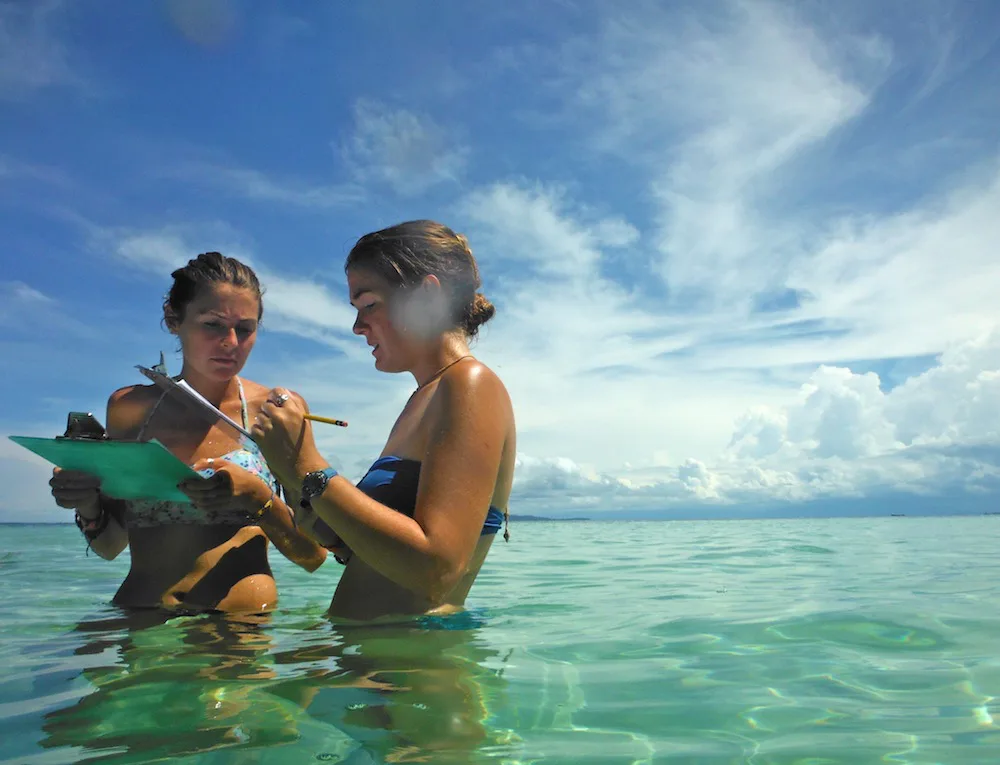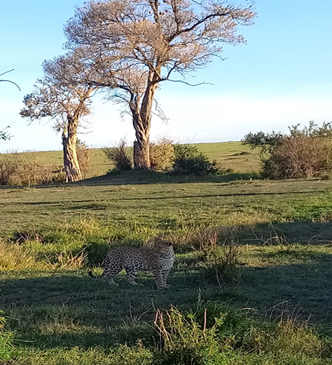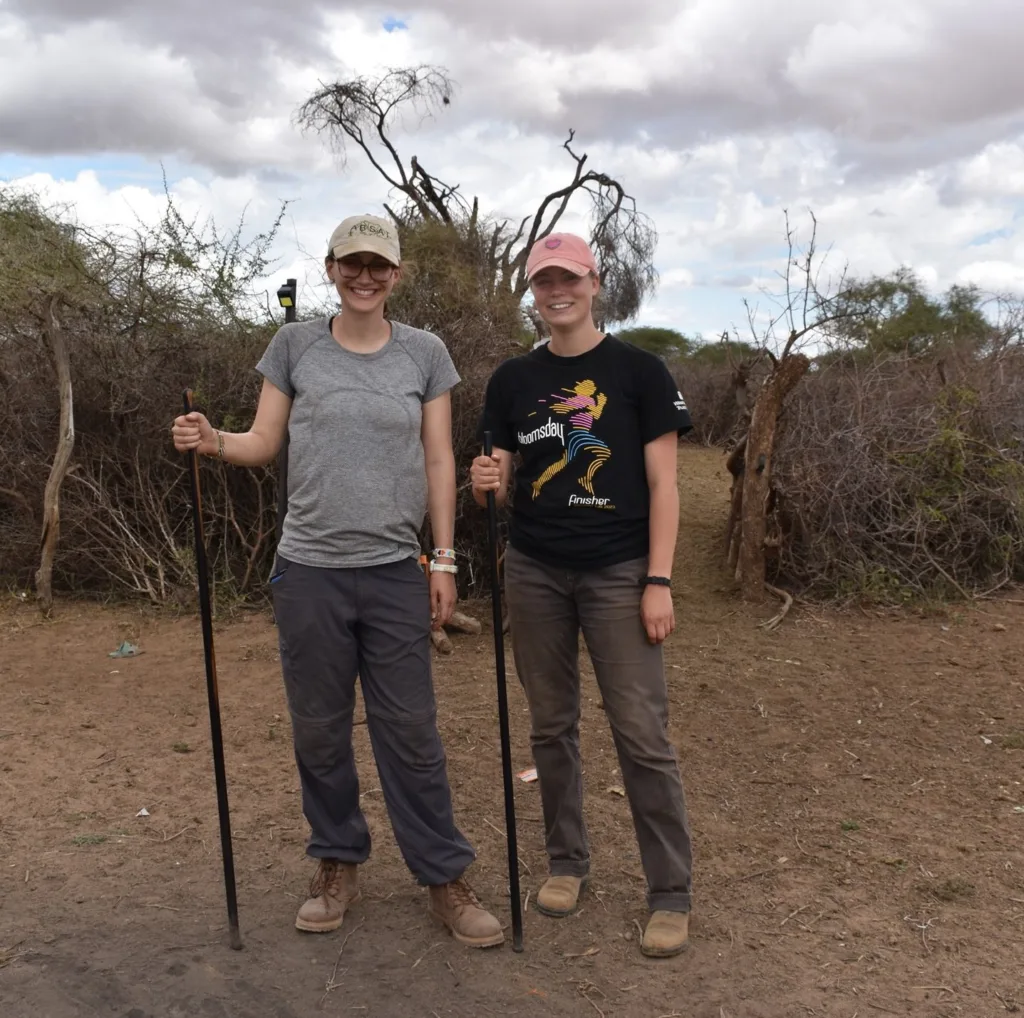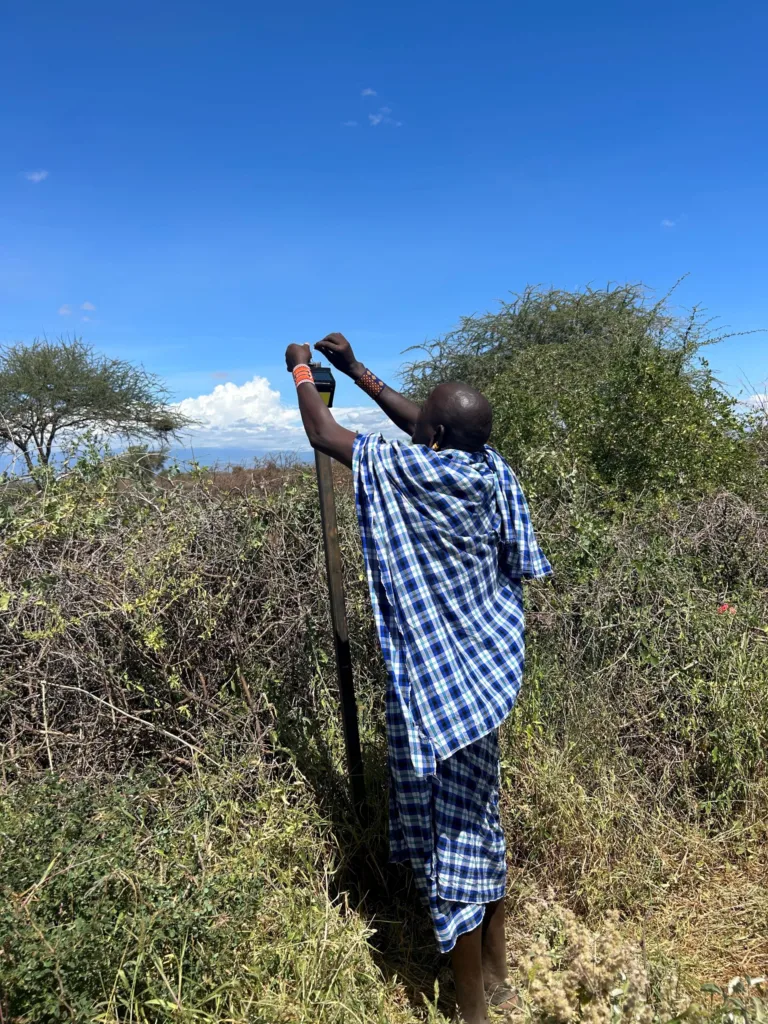Let DR Fieldwork Begin!
This is certainly the most exciting time of the semester. This week we have started to focus on our Directed Research (DR) projects. Besides some lectures for all students, we are now working in small groups of six students.
One group is going to work on the reproductive biology and phenotypic selection by hawk moths on floral morphology within a certain species of flower; another group is going to collect data on the distribution of anemones and their symbiotic shrimps; and the third group is starting a comparative study of kitchen gardens in villages located through the Bocas del Toro archipelago!
This week we spent most of our time preparing for our field work; looking for literature and reading, planning methods we will be applying and further on thinking about documenting our work. We are now ready to write a scientific paper in all details and give an oral presentation on our findings.
We are all excited about the upcoming week which we will spend collecting data in the field during long enjoyable hours: visiting different islands and communities in the area we will be looking for flowers and collecting data on their morphology as well as on their pollinating host organisms, the hawk moths; interviewing people from different communities on their home gardens; and spending a lot of time in the water documenting the occurrence and relationships between anemones and their symbiotic shrimps.
Let the “DR fieldwork” begin—we are all ready and excited about it!

Related Posts


Alumni Reflections: Stories of the Return to Kenya
